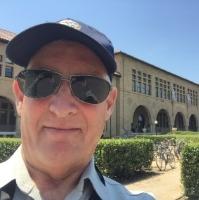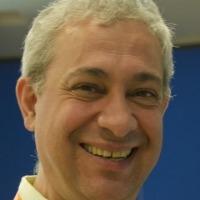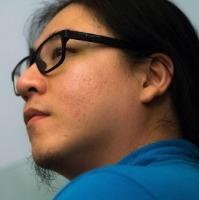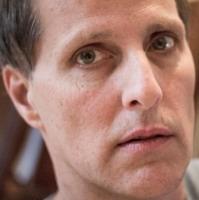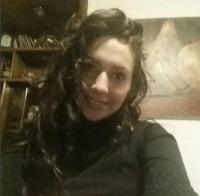DPC
Building blocks of digital preservation in India
Dr. Dinesh Katre is Associate Director and Head of Department at the Centre for Development of Advanced Computing (C-DAC) in Pune, India
It is a matter of great pride for me to have associated myself with the global cause of preserving information in digital era. I wish to congratulate the team of Digital Preservation Coalition (DPC) for taking this initiative to celebrate International Digital Preservation Day (IDPD)! This can be a very effective tool for creating awareness about rampant digital obsolescence among general public.
We have been working on digital preservation in India since 2009. I take this opportunity to present an overview of “Centre of Excellence for Digital Preservation”, the flagship project undertaken as part the National Digital Preservation Programme sponsored by Ministry of Electronics and Information Technology, Government of India. The Centre of Excellence of Digital Preservation is established at C-DAC, Pune, INDIA. Being the Principal Investigator (PI) of this project, I would like to share information on major outcomes of this project.
Twittering on the edge of two conferences: Themes of power and empowerment at ASA-ITIC and iPRES 2017
Rachel Tropea is a Senior Research Archivist at the University of Melbourne in Australia.
2017 has been a year for digital preservation firsts – the first ever International Digital Preservation Day on 30 November 2017, the University of Melbourne became the first Australian institution to join the Digital Preservation Coalition, and on a personal level it was my first time attending iPRES.
iPRES is the major international conference on the preservation and long-term management of digital materials. In 2017 it was hosted by Kyoto University, and the theme was Keeping Cultural Diversity for the Future in the Digital Space — From Pop Culture to Scholarly Information.
At the same time, the Australian Society of Archivists Conference & Information Technologies Indigenous Symposium (ASA-ITIC) took place in Melbourne, and its theme was Diverse Worlds.
Although these communities confer separately, their concerns are largely the same as evidenced in part by their shared theme of diversity this year. And, as I hope you’ll see from my discussion of ASA-ITIC, the challenges posed by the keynote speaker Jarrett Drake go to the very core of what we all do.
Digital Preservation 2007-2017
Art Pasquinelli is LOCKSS Partnerships Manager at Stanford University Libraries in Palo Alto, California USA
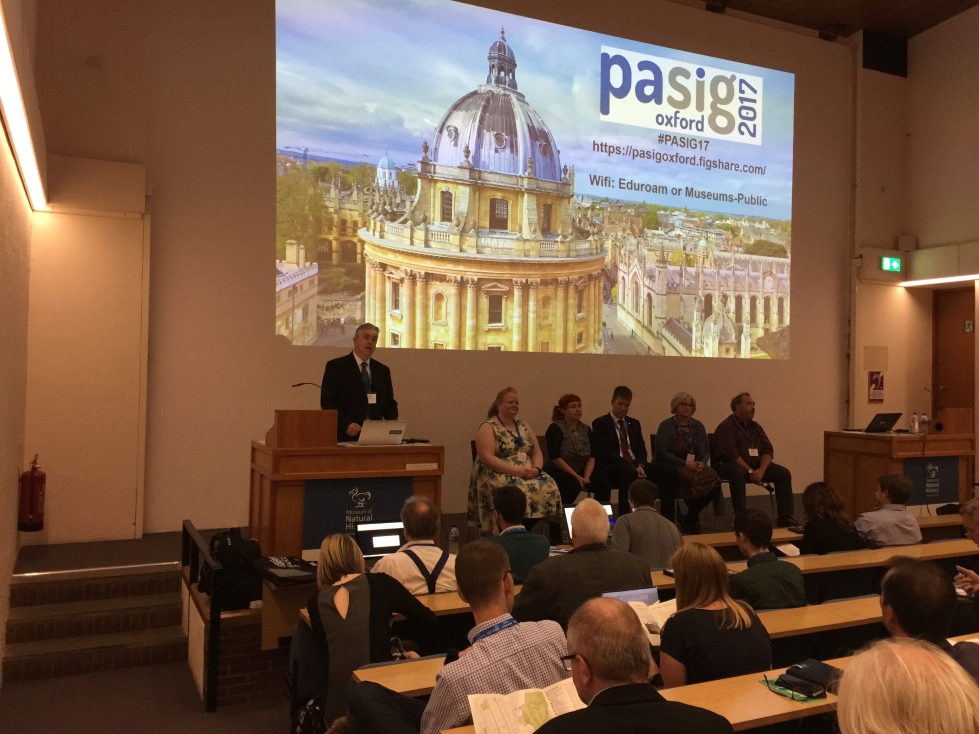
I wanted to take the opportunity of the International Digital Preservation Day to do a retrospective on how we have evolved with regards to Preservation and permanent access over the last decade. So, I looked at two agenda snapshots; one from one of the earliest Preservation and Archiving Special Interest Group's (PASIG) meetings in May 2008 and the other the latest meeting in Oxford in September 2017. The initial meeting can be seen at http://www.preservationandarchivingsig.org/index.html and the latest one can be viewed at https://pasig.figshare.com/pasigoxford. After looking at the content of the two Preservation meetings I came away with a very positive impression. Here are a few reasons why I feel so upbeat.
DAM and LAM - towards convergence
Helen Hockx-Yu is Program Manager, Digital Product Access and Dissemination in the Office of Information Technologies for University of Notre Dame, Indiana USA
INTRODUCTION
Digital media are frequently produced and widely used at the University of Notre Dame (UND) to support education and research, and to document campus activities and athletic competitions. UND’s media products range from photographs and simple sound or video capture to sophisticated footage appropriate for national broadcasts. UND’s video assets are presently estimated to measure ~2PB.
As part of a project aimed at developing a common solution for managing Notre Dame’s video assets, we gathered and documented requirements from a wide range of stakeholders on campus and used these to assess Digital Asset Management (DAM) software.
DAM software vendors seem to have picked a very broad term for a relatively small software products segment. DAM systems (DAMs) in general have a much narrower focus than the collective name suggests. Different variants of DAMs are difficult to differentiate, making it hard for organisations to select the right product.
DAMs are a breed of software that manages specific types of digital information within a specific organisational context. DAMs are mostly intended for multimedia or rich media, such as photographs, videos, animation, graphics, logos, and marketing collateral. DAMs emerged in the private sector to support digital media creation, marketing, publishing, and brand management.
Two early episodes on digital preservation… plus one!
José Borbinha works at INESC-ID – Instituto Superior Técnico (IST) at Lisbon University, Portugal
(Episode 1) When unsuccessful digital preservation can be convenient
The year of 1998 was special. In May, it opened the Lisbon World Exposition! In June, it was held the “Sixth DELOS Workshop on Preservation of Digital Information” in the beautiful Tomar. Finally, in October, I became CIO of the National Library of Portugal.
In retrospective, 1998 was my definitive commitment with this great world of digital libraries and archives. A seed has been planted in 1996, when I got involved in the new DELOS Working Group on Digital Libraries, and it blossom in 2000 when I had the privilege of organizing the 4th ECDL conference in Lisbon. DELOS was a community that still brings special memories (“saudade” as we say in Portuguese - https://en.wikipedia.org/wiki/Saudade)
How do I keep my digital films safe
Joshua Ng is the Information Technology (IT) & Technical executive at the Asian Film Archive (AFA) based in Singapore.
Hi Joshua,
I made some short films a couple of years back. Some of them were submitted to competitions and won some awards. I have been keeping them in an external hard disk, thinking that since the files are backed up, it should be safe. But I had quite a scare the other day when my computer couldn't detect the hard disk. Fortunately when I tried it with another USB cable it worked. Is there something I can do to ensure my short films are safe?
Warm regards,
Paul Soon
Filmmaker
Inform and Form – The Role of Education in Digital Preservation
Millard Schisler is Researcher at Digital Culture Center / CEBRAP in São Paulo, Brazil
It is wonderful to celebrate International Digital Preservation Day and recognize how much has been accomplished during the past decades, while also realizing how much we still need to work on, evidenced by the people, businesses and institutions struggling with how to deal with their ever-growing digital assets. As I think about our role in transforming this landscape, I go back to the beginning of this century, when Nancy McGovern and Anne Kenney talked about the three-legged stool that was necessary for digital preservation to happen: the organizational infrastructure, technological infrastructure and the resources (human and material). You cannot sit on a stool with just two legs – we need all three to maintain a balance, and one cannot be larger or smaller than another if we are to make the stool functional. I have used this image so much in my talks. With this awareness, another image came into my mind once when preparing for a lecture – if we were to connect all three legs at the bottom, it would provide the stool with extra sturdiness; this strength would come from the role of education within digital preservation.
It’s difficult to solve a problem if you don’t know what’s wrong
Shira Peltzman is Digital Archivist for the University of California, Los Angeles (UCLA) Library Special Collections
Buried in the recently published findings from the 2017 NDSA Staffing Survey is evidence of a growing discontent among practitioners with regard to their organization’s approach to digital preservation. The survey asks respondents whether or not they agreed with the following statement: “The way our digital preservation function is currently organized (staffing levels, expertise, where they are placed within the larger organization) works well.” Of the 133 people who took the survey, 61 of them, or roughly 46%, either disagreed or strongly disagreed with that statement.
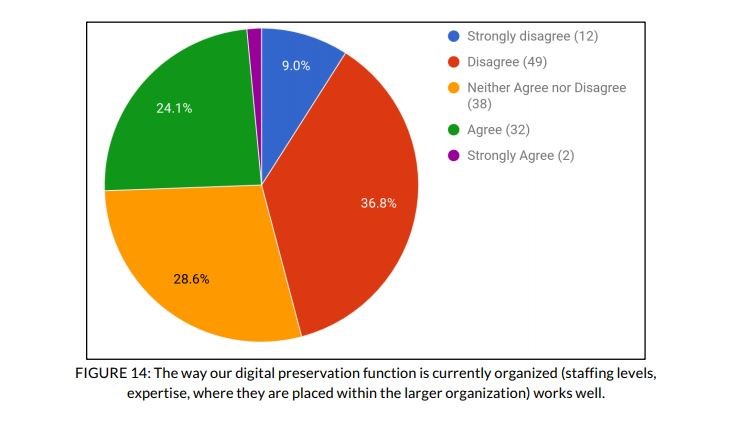
“Q16 - The way our digital preservation function is currently organized (staffing levels, expertise, where they are placed within the larger organization) works well. [133 respondents]”] Taken from “Staffing for Effective Digital Preservation 2017 An NDSA Report”: http://ndsa.org/documents/Report_2017DigitalPreservationStaffingSurvey.pdf
To say that those numbers aren’t great would be an understatement. To make matters even worse, they represent an increase from the 2012 iteration of the survey, in which 34% of participants reported that they were unsatisfied with how things were organized.
We need to talk about copyright
Susan Reilly is Director of Digital Library, Licencing & Copyright at Qatar National Library, Doha
With a European Parliament vote on copyright reform looming it’s worth taking a look at the relationship between digital preservation and copyright law and why we need copyright reform at international level to help ensure the preservation of the digital cultural and scientific record.
You don’t need to be a lawyer to figure out that one of the biggest challenges facing digital preservation today is copyright. Digital preservation usually necessitates the making of several copies, shifting formats or making derivative works, circumvention of technical protection measures, not to mention making available. Each one of these acts can require an exception and limitation in copyright law.
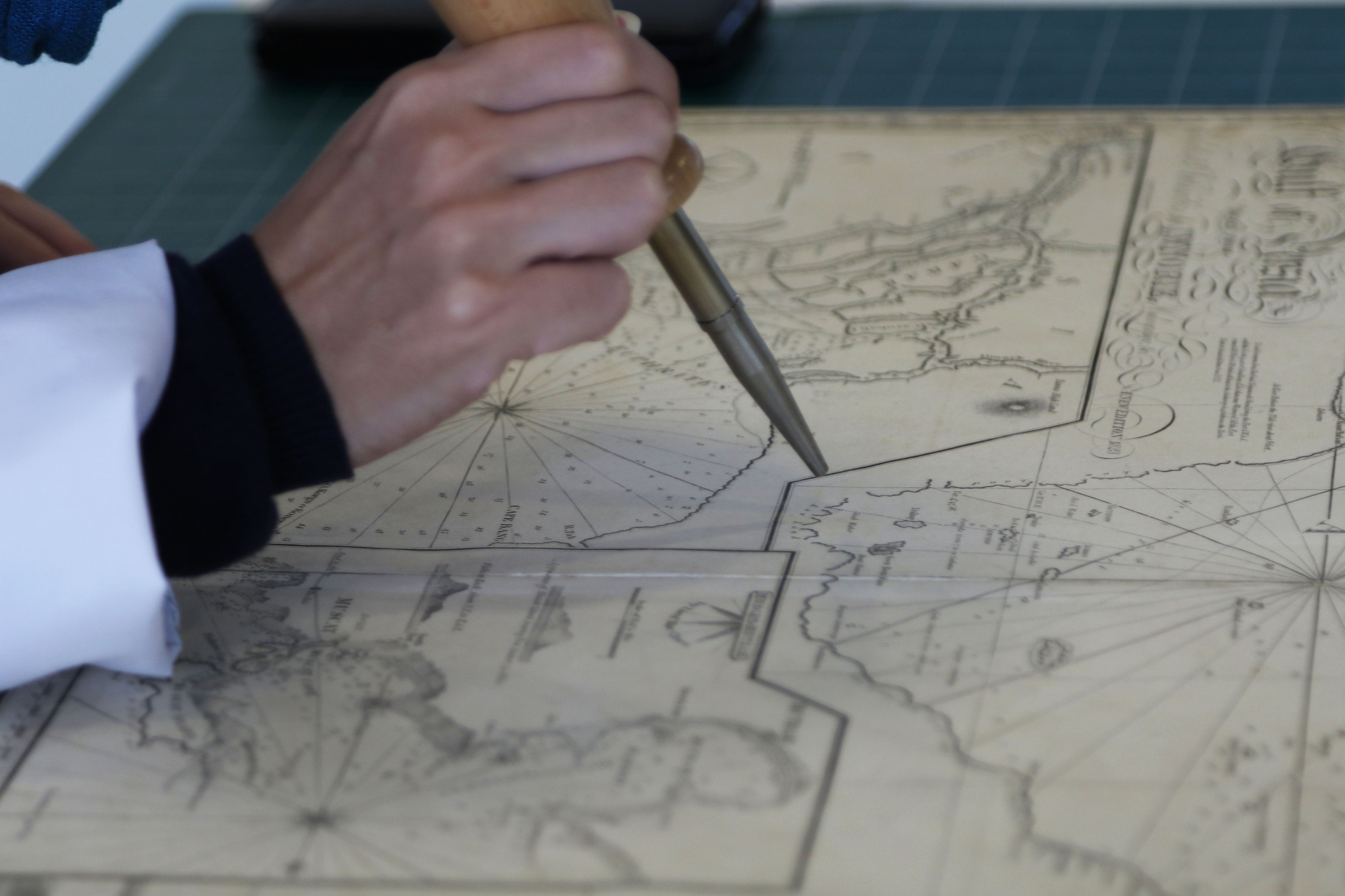
Possibly one of the least discussed aspects of the current proposal for an EU Directive on Copyright in the Digital Single Market is Article 5 on the preservation of cultural heritage, which introduces a mandatory exception to the right of reproduction allowing cultural heritage institutions to make copies of items (in any format) in their collection for the purpose of preservation. This article recognises the fact that a single copy is not sufficient for digital preservation and that it is necessary to multiple copies. It also allows for format shifting. The proposed directive also has a provision on technical protection measures but does not go far enough in providing a mechanism for recourse should rights owners not cooperate in allowing cultural heritage institutes to circumvent these measures for the purpose of preservation.
Archivo web de Proceso de Paz y Posconflicto
Johanna Gallego Gutiérrez is Digital Deposit Manager for Biblioteca Nacional de Colombia, in Bogotá
La Biblioteca Nacional de Colombia ha iniciado la construcción del Archivo de la web y de recursos estáticos digitales sobre proceso de paz y posconflicto en Colombia. Esta iniciativa pretende recolectar, custodiar, preservar y divulgar, para las generaciones presentes y futuras, la historia web del importante momento que vivimos en nuestro país, a través de las herramientas especializadas de harvesting que permiten la copia de sitios web, recopilan su contenido, diseño y arquitectura.
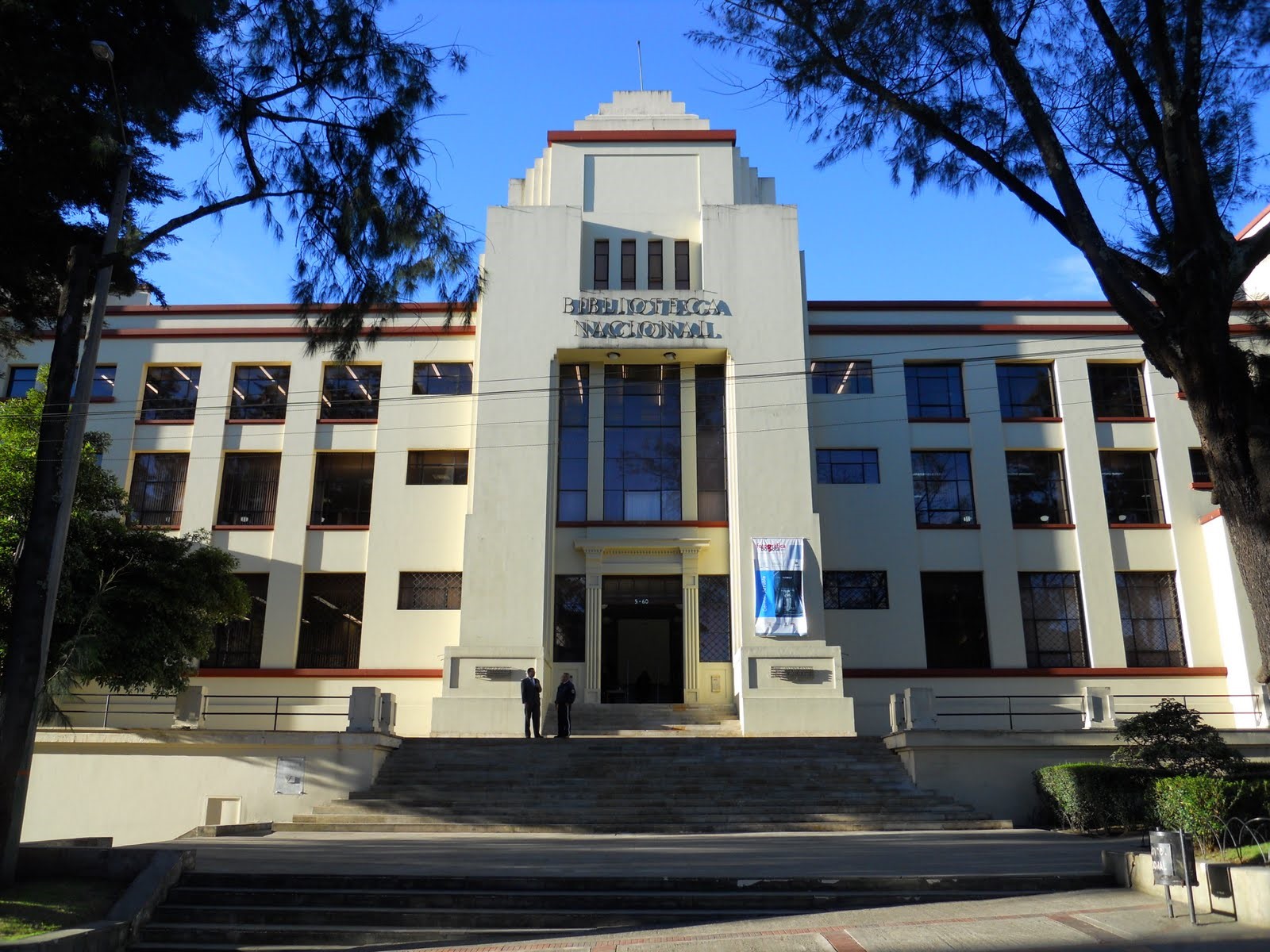
Biblioteca Nacional de Colombia. Foto por: Confidencial Colombia. Agosto 9, 2016.
Este interés surge, principalmente, por el actual proceso de paz que vive Colombia con las FARC, el mayor grupo guerrillero en el país y con mayor alcance militar. Pues, tras más de 50 años de guerra, nuestro país ha comenzado uno de los capítulos más anhelados por la mayoría de los colombianos.
Es importante resaltar que el escenario de producción en Colombia ha tenido un crecimiento importante desde la esfera digital; sin embargo, no hay una excepción en la legislación que le permita a la Biblioteca Nacional de Colombia realizar la preservación de este patrimonio. Además, las implicaciones de realizar la preservación web en casa, teniendo en cuenta que el dominio .co se ha vendido, es usado de manera comercial y su cosecha no garantizaría la salvaguardia de la web colombiana, por esto y teniendo en cuenta la compleja realidad, se ha iniciado un proyecto en alianza con la Universidad Externado de Colombia para la recolección selectiva sobre la producción web de proceso de paz y posconflicto.
































































































































